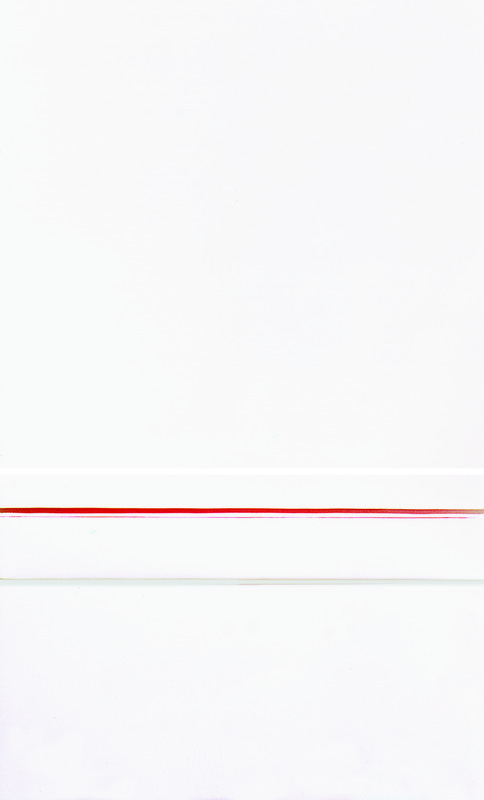A film about the career of this singular artist. Enrolled as a free student at the Académie des Beaux-Arts in Paris, Madeleine Martin-Haupert (1910-2002) lived in the shadow of the candidates for the Prix de Rome. She arrived in Belgium three years later, at the end of the thirties. Enrolled at the Brussels Academy, she developed a passion for descriptive geometry and ended up taking courses in polytechnics. After the war, she noticed the failure of naturalism in her work. She travelled. She painted the fiery reds of the rocks of the Negev and the silvery ash of the ancient altar of Pergamum: "colour increasingly seemed to me to be an obstacle to this zone of the mind that I now wanted to explore. One day, I plunged into white.
"... Martin-Haupert's career was far from ordinary. From Luxembourg in Belgium, she went to Paris where her first exhibition was scheduled for May 1940. The paintings were lost and five years of tragedy changed the course of things. Martin-Haupert was swept along by the great wave of abstraction, which finally led her to work in white. At first in volumes that became smaller over the years. From her cement-resin (secret), she creates an almost flat surface, with light reliefs and the occasional small but decisive inclusion of colour. Sometimes the bistre intervention is reminiscent of engraving, as these reliefs are close to the treading of a print. As for the light, it emerges from the white, a little like an aura. " A. Nardon, 1988.
Directed by Bernard De Wil and Alexandre Vanautgaerden
Original music: Todor Todoroff
Production: Arlette Schreiber and Les Arts florissants asbl

